Farshad Moradi
NET-TEN: a silicon neuromorphic network for low-latency detection of seizures in local field potentials
Oct 19, 2022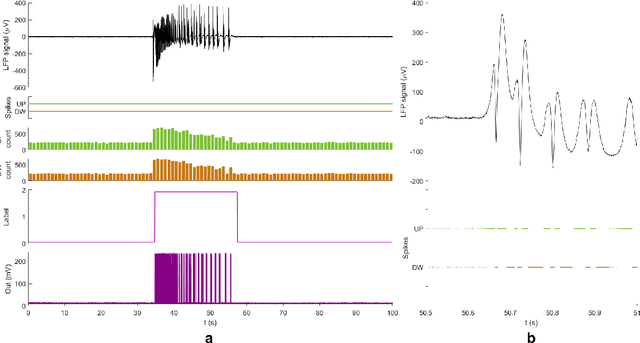

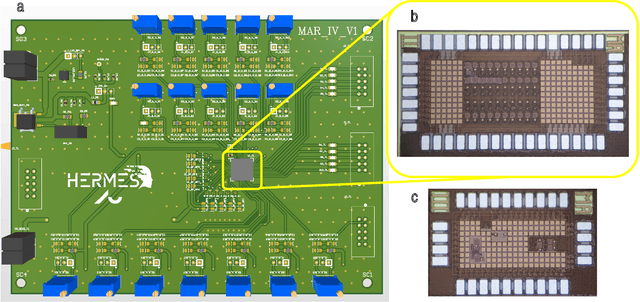
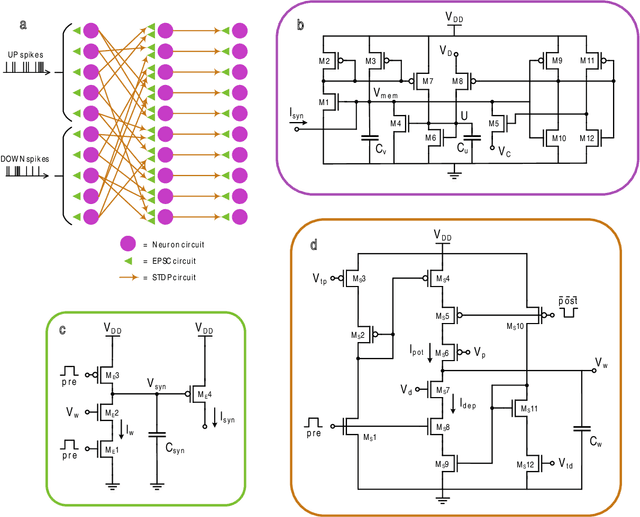
Abstract:Therapeutic intervention in neurological disorders still relies heavily on pharmacological solutions, while the treatment of patients with drug resistance remains an open challenge. This is particularly true for patients with epilepsy, 30% of whom are refractory to medications. Implantable devices for chronic recording and electrical modulation of brain activity have proved a viable alternative in such cases. To operate, the device should detect the relevant electrographic biomarkers from Local Field Potentials (LFPs) and determine the right time for stimulation. To enable timely interventions, the ideal device should attain biomarker detection with low latency while operating under low power consumption to prolong the battery life. Neuromorphic networks have progressively gained reputation as low-latency low-power computing systems, which makes them a promising candidate as processing core of next-generation implantable neural interfaces. Here we introduce a fully-analog neuromorphic device implemented in CMOS technology for analyzing LFP signals in an in vitro model of acute ictogenesis. We show that the system can detect ictal and interictal events with ms-latency and with high precision, consuming on average 3.50 nW during the task. Our work paves the way to a new generation of brain implantable devices for personalized closed-loop stimulation for epilepsy treatment.
In the realm of hybrid Brain: Human Brain and AI
Oct 07, 2022
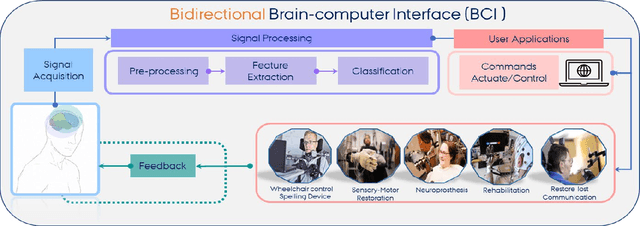
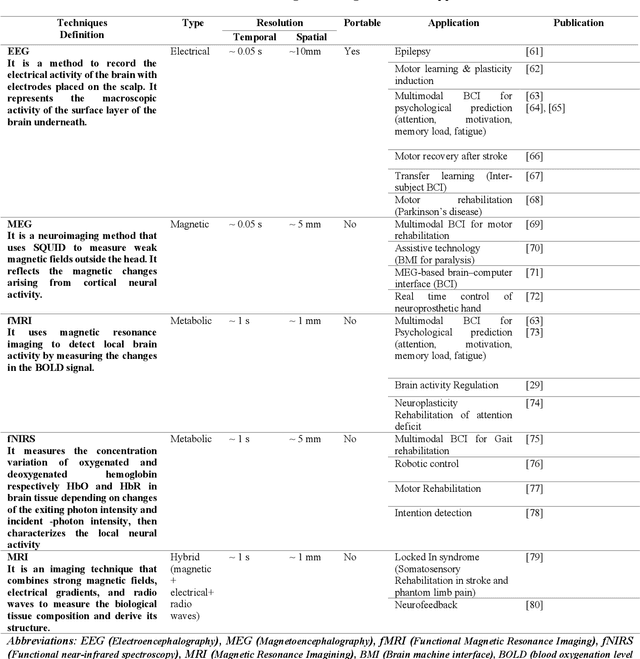
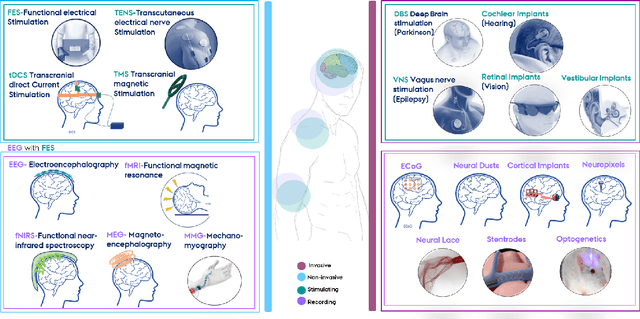
Abstract:With the recent developments in neuroscience and engineering, it is now possible to record brain signals and decode them. Also, a growing number of stimulation methods have emerged to modulate and influence brain activity. Current brain-computer interface (BCI) technology is mainly on therapeutic outcomes, it already demonstrated its efficiency as assistive and rehabilitative technology for patients with severe motor impairments. Recently, artificial intelligence (AI) and machine learning (ML) technologies have been used to decode brain signals. Beyond this progress, combining AI with advanced BCIs in the form of implantable neurotechnologies grants new possibilities for the diagnosis, prediction, and treatment of neurological and psychiatric disorders. In this context, we envision the development of closed loop, intelligent, low-power, and miniaturized neural interfaces that will use brain inspired AI techniques with neuromorphic hardware to process the data from the brain. This will be referred to as Brain Inspired Brain Computer Interfaces (BI-BCIs). Such neural interfaces would offer access to deeper brain regions and better understanding for brain's functions and working mechanism, which improves BCIs operative stability and system's efficiency. On one hand, brain inspired AI algorithms represented by spiking neural networks (SNNs) would be used to interpret the multimodal neural signals in the BCI system. On the other hand, due to the ability of SNNs to capture rich dynamics of biological neurons and to represent and integrate different information dimensions such as time, frequency, and phase, it would be used to model and encode complex information processing in the brain and to provide feedback to the users. This paper provides an overview of the different methods to interface with the brain, presents future applications and discusses the merger of AI and BCIs.
 Add to Chrome
Add to Chrome Add to Firefox
Add to Firefox Add to Edge
Add to Edge